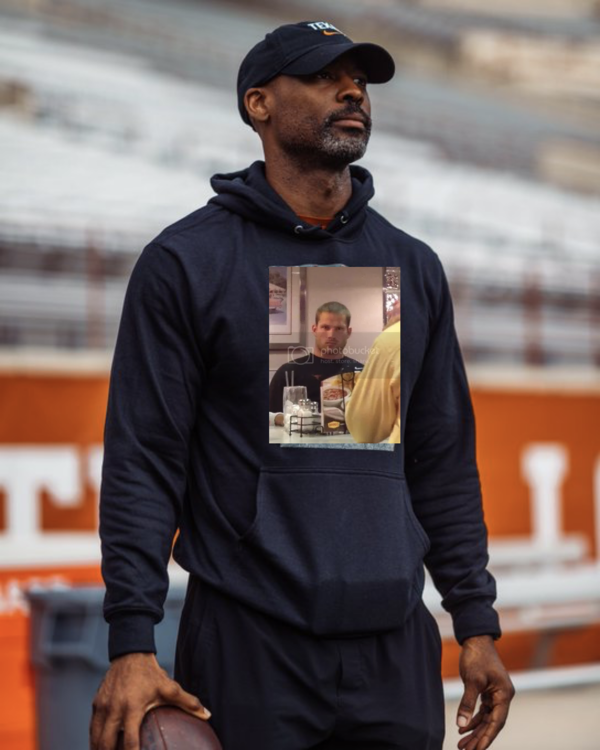-
Posts
835 -
Joined
-
Last visited
Content Type
Profiles
Forums
Store
Downloads
Recruiting - 2020
2019-2020 Football Season
Football
Entertainment
Sports
News and Business
Cloak Room
Transfer Portal
Recruiting
Events
Everything posted by PsychMike
-
LOL, no he was the 21st POTUS. I knew that without looking it up because I watched Die Hard 3. Man, that dump truck driver really knew his shit. As to the origins of the SARS CoV-2, I see many folks in the thread making definitive statements. I don't think we know anything definitive, except that China has not cooperated with proper investigations, which is the root cause of us not knowing definitively what happened. Perhaps the most important outcome regarding what has happened is for us to rethink our strategy of funding research in Wuhan, despite its strategic advantage of being Ground Zero for coronaviruses.
-
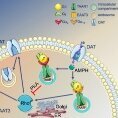
the trump election lawsuit thread of dominance
PsychMike replied to henrygandorf's topic in Cloak Room
- 9994 replies
-
- 11
-
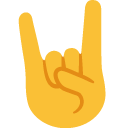
-
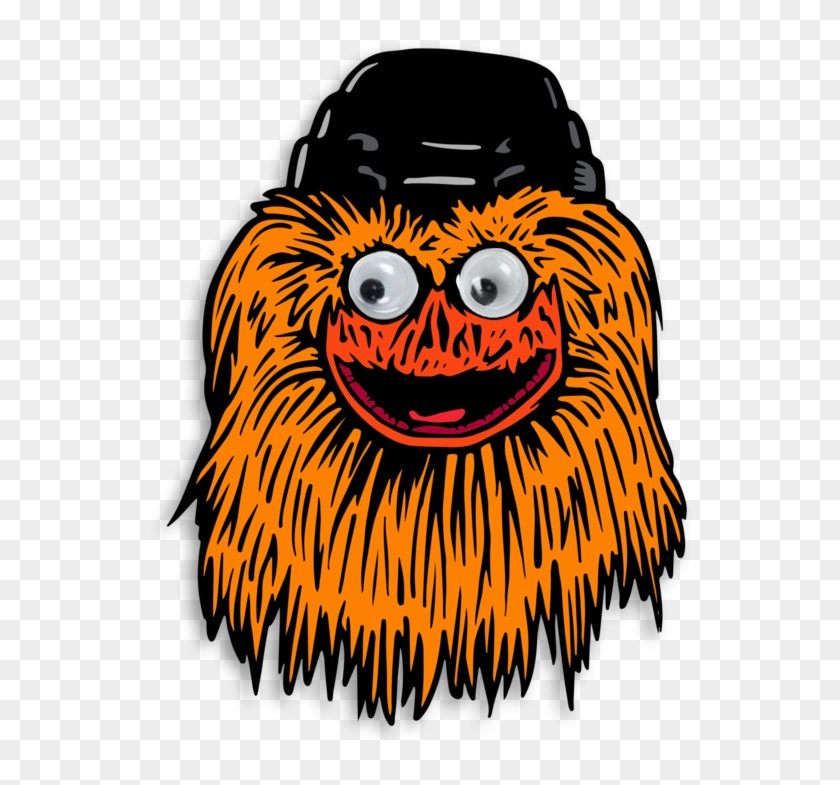
-
Hard to track all of these...Gritty has been busy lately.
-
Haha, the last time the CPNP Annual Meeting was in San Antonio, Henry Nasrallah accidentally left his lavalier mic hot after lecturing and went to the bathroom. We all had the pleasure of hearing him piss. Of course I thought of Frank Drebin of Police Squad. Good times. (CPNP is the College of Psychiatric and Neurologic Pharmacists; Henry Nasrallah is a nationally well known Psychiatrist)
-

2021 Fall Camp Thread - Bend Over & I’ll Continue Showing You
PsychMike replied to BurntOrange&White's topic in Football
- 3884 replies
-
- 71
-

-

-

-

-
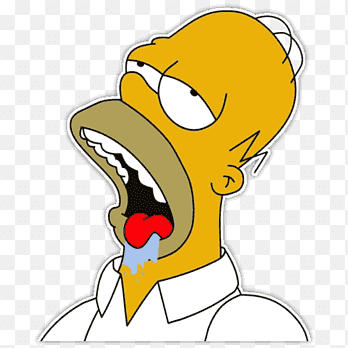
-

A story about a pathetic man's downfall [34 Felony Convictions]
PsychMike replied to Francisco 2.0's topic in Cloak Room
Damn you Stillwater Damn you damn you Stillwater Why you harsh my buzz? -
DAFUQ is dis?
-
Not sure if this is the correct thread, either, but Next, I think he will try to relate to the judge directly... Brooks: "We have a lot in common . . . we’re both swell lookers, we both scrub floors for a living, and neither one of us is Chinese." Judge: "I see you've been doing your homework!"
-
Waco, Texas NFL lite, my name is a clue So he IS going to be playing in Waco this Fall. And by "this Fall" I mean specifically Nov 13.
-
I must have missed 60 Minutes. How did psychiatrists become part of this problem?
-
-
Ironic that a team that plays in a stadium named Kyle was out-Kyled on Twitter.
-

Dr. Anthony Fauci Appreciation Thread
PsychMike replied to Texas St. Armadillos's topic in Cloak Room
New Data Leads To Rethinking (Once More) Where The Pandemic Actually Began Link to article MICHAELEEN DOUCLEFF Back in May, a group of scientists — many at the top of the virology field — shifted the debate about the origins of COVID-19. They published a letter in the journal Sciencesaying the lab-leak theory needs to be taken more seriously by the scientific community. Given the current evidence available, the scientists wrote, the outbreak is just as likely to have originated from a laboratory — specifically the Wuhan Institute of Virology, which studies coronaviruses — as from an infected animal. "We must take hypotheses about both natural and laboratory spillovers seriously until we have sufficient data," they concluded. Now one of the scientists who signed that letter says new data has come to light. And that information, summarized in an online review, has changed his thinking. "I do think transmission from another species, without a lab escape, is the most likely scenario by a long shot," says evolutionary biologist Michael Worobey at the University of Arizona. In fact, Worobey thinks, the most likely scenario, given the current information, is that the coronavirus pandemic began at the Huanan Seafood Wholesale Market, even though the World Health Organization says it's unlikely to have started there. "The data are very consistent with it starting at the market — very consistent," Worobey says. A Sherlock Holmes in the world of pandemics Over the past decade, Worobey has become a bit like the Sherlock Holmes of pandemic origins. His work has helped explain how the 1918 flu emerged and how HIV came to the U.S. earlier than people thought. "It got to New York City pretty darn early, probably around 1970, 1971, somewhere in there," Worobey told NPR in 2016. During the coronavirus pandemic, Worobey has been studying how SARS-CoV-2, the coronavirus that causes the disease COVID-19, spreads around densely populated cities such as Wuhan, China, where the outbreak is thought to have begun. Using this information, he built computer simulations to model how SARS-CoV-2 may have transmitted through Wuhan early in the outbreak, before doctors detected the first cases, likely in December 2019. The models could estimate key aspects of the early outbreak, such as when the first case occurred, how long the virus spread in the city before doctors noticed it and how many cases were in the city at that point. A few months ago, Worobey says, his models couldn't differentiate between the lab-leak theory and the alternative theory — that the virus jumped directly from an animal into people. Both theories were consistent with the data. "So I was on that Science letter," he says, "asserting that more investigation is needed of both possibilities." Then two new pieces of information came to light. First, Worobey started to look more closely at the geography of early known COVID-19 cases — cases that occurred in December 2019. His colleague Robert Garry, a microbiologist at Tulane University, took data from the World Health Organization's report from March and plotted the data on a map of where people with confirmed cases lived in Wuhan. Why the locations of the market and the lab matter Then Garry did something that the WHO didn't: He added to the map the locations of the Huanan Seafood Wholesale Market and the Wuhan Institute of Virology, where scientists study bat coronaviruses. "It's a very simple thing to do," Worobey says. "But it really paints a pretty clear picture, right?" The dots show the cases starting right near the Huanan Seafood Wholesale Market and then radiating out from there. "The Huanan market seems like the bull's-eye of this outbreak. It's pretty extraordinary." What about cases near the Wuhan Institute of Virology (WIV), which is more than 10 miles from the market? "There are no cases around the WIV," Worobey says. "If the outbreak did start in the lab, the bottom line is, it would be odd for it not to be spreading from there rather than from elsewhere." The other piece of data, which helped shift Worobey's thinking, concerns the products sold at the Huanan Seafood Wholesale Market. Was there anything at the market that has been previously known to spread SARS coronaviruses? Since the pandemic began, the Chinese government has claimed the vendors at the market didn't sell any illegal wildlife. "They said the market was operating completely legally," says biosecurity expert Gigi Gronvall at Johns Hopkins University. "And just on the face of it, you just know, that's not correct. "And lo and behold, it's not," she adds. Last month, researchers published a study showing that the Huanan Seafood Wholesale Market was one of four markets in Wuhan selling illegal wildlife, including palm civets and raccoon dogs, which are both known to spread SARS-CoV-2. Scientists believe civets triggered the first SARS coronavirus pandemic, in 2003. The researchers, from China West Normal University in Nanchong, surveyed 17 markets across Wuhan between May 2017 and November 2019. They found more than 47,000 live animals across 38 species for sale, including 31 species protected under Chinese law. This new information about the Huanan Seafood Wholesale Market, along with the maps and modeling data, doesn't prove an animal origin for the pandemic by any means, Gronvall says. Nor does it all disprove the lab-leak theory, she says: "There are lots of pieces to still fill in, but this report [from Worobey and his colleagues] ties a lot of the pieces together that say, 'There is a really credible story for an animal origin of SARS-CoV2.' " What we do know — and still don't know — about cases Now, of course, all the data presented to support Worobey's hypothesis comes with caveats — big caveats. The Chinese government tightly controlled and managed the information coming from China, especially information concerning the early days of the pandemic. The reported COVID-19 cases in December 2019 are only a small fraction of the actual number circulating in Wuhan at the time. The government refuses to release the raw data for patients in 2019 or allow researchers to search for even earlier cases through analyses of blood bank samples or epidemiological interviews. In addition, the Huanan market sits in the middle of a densely populated part of the city, where many elderly people live, points out Alina Chan, a molecular biologist at the Broad Institute in Cambridge, Mass., who has promoted the lab-leak theory online. "There are many more people living north of the river, and there are a lot of elderly folk living there in a lot of care homes there," said Chan, as she showed me a population density map of Wuhan, published in February 2020. "So it doesn't surprise me that the early outbreak doesn't map to the [WIV] lab. People don't live at the labs." But, Worobey says, a closer look at the population density in Wuhan indicates the early cases aren't in the densest part of the city. "It is certainly worth considering the degree to which population densities might play a role in explaining early cases," Worobey wrote to NPR in an email. "But there does seem to be a pattern in the early data ... of considerable numbers of cases both to the north and south of the Huanan Market, whereas the large patch of really high numbers of elderly people in Wuhan is in the very southern extent of the central cluster shown." Furthermore, he notes, the earliest known cases skewed young. The highest number of cases occurred in people ages 29 to 49 and then in people ages 50 to 65. The vast majority were under 65, a study found. And so, given the data available right now, he believes the most likely scenario is that the pandemic started at the Huanan Seafood Wholesale Market, not the lab. "It does seem a pretty weird coincidence that [a big outbreak occurs] at one of four places in Wuhan that sells things like civets and raccoon dogs, which are the likely suspects as intermediaries to SARS-CoV-2." But if new data comes to light tomorrow, his thinking may shift again, Worobey says. That, in many ways, is the way science works. -
Just about everyone posting lately on this thread is a Grand Master, but I'm just a lowly Mentor. Being a Mentor without a Mentee...has its problems.
-

A story about a pathetic man's downfall [34 Felony Convictions]
PsychMike replied to Francisco 2.0's topic in Cloak Room
I bet it's hilarious! -
-
WTF happened?
-
But seriously, I've been hearing a lot of businesses screaming about not having people come work for them, blaming it all on the stimulus. Maybe these folks can step up and solve the problem?
-
Well, then he should be commended because that is one helluva competitive landscape.
-

Dear Texas, we need to have a conversation about Louie Gohmert
PsychMike replied to Hugo Stiglitz's topic in Cloak Room
OMG, "lunacy" - that's very good. I doubt if anyone who voted for this idiot gets the joke. In fact, they probably don't know what the word etymology means nor have any interest in understanding the origin of words.
Football ... Basketball ... Baseball ... Other Sports ... Futbol ... 🤫995🤫 ... Gambling ... Movies & TV ... Music ... Hobbies ... Lulz ... Food & Travel ... Daily Texan ... Business and Markets ... Cloak Room ... Help ... For Sale ... Board Discussion ... Subscribe!... Donate!... Advertise... COOKIE MONSTER!

